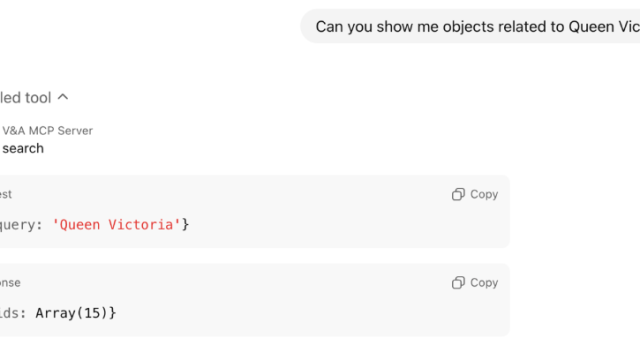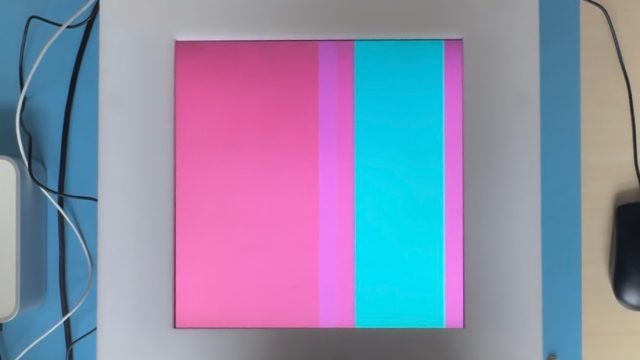 When you work with external creative partners and developers, how do you get all the new stuff to work with the existing tech?
When you work with external creative partners and developers, how do you get all the new stuff to work with the existing tech?
Collaboration has to be key and so, we’re trying out a set of fluid guidelines that we hope will make it easier to balance the needs of commissioners and suppliers.
They’re available here:
Download the collaboration guidelines now
If you are working with external creative and/or tech partners, we’d be very interested in whether this sort of help-framework does actually help. The same if you are a supplier. These guidelines lay out the pragmatic restaints we have, to avoid wasting your time. But does written guidance like this really help?
Integrating great new tech with the exisiting services is a familiar challenge to anyone managing development of digital services. Every new thing adds an extra resource cost and requires an expansion of knowledge required. This is no bad thing – to make things better is a permanent role. Change is forever and the creative challenge it poses is part of the appeal of working in service development.
That’s all very well, but how do you integrate all this stuff without it getting out of control?
Service managers and creative suppliers all want mutual understanding. To help get to this, we are trialling our new “Collaboration guidelines for third-party technical partners”. This document pulls all the things we’d like our tech partners to be aware of.
It is partly a round up of technical integration requirements because some things are fixed. It is also just intended a discussion starting-point. Not everything is known at the start of a technical integration.
Here it is. We are trying it as a beta. Comments and feedback are welcome.
Download the collaboration guidelines now




Hi Andrew
This looks like a really useful document and a great resource. As someone who works at the edges of digital media content delivery I can see how helpful something like this will be when trying to deliver a project. There is so much that is unsaid or assumed or implied at the early stages of development which inevitably leads to misunderstandings etc therefore a clear statement as provided here at least gives you a fighting chance to all move in the same direction. I haven’t read this in great detail but a cursory look suggests that each heading could be tailored to the scale of the project in hand, as well as the opportunity to update to latest technologies as and when appropriate. One fear is that the relationship becomes to beholden to what is stated here and the chance to be more flexible/innovative might be lost. However, if we agree that Proper Planning Prevents Poor Performance then the guidelines are just that – a guide. It will be interesting to see what response you get from suppliers.
Thanks David,
Although both suppliers and organisations have some immovable things, all creative tech projects
are about working together. Having worked with suppliers over many years (and on occasion having been a supplier of services), I know there can’t just be rigid rules. There needs to be flex. These guidelines lay out possibilities for improvements while being honest about any technical boundaries. It’s just to get to a common understanding. The rest is healthy disussion :)
Andrew
hi, unfortunately the link to the document doesn’t work anymore, can you please fix it? i would really like to read your guidelines. thanks!